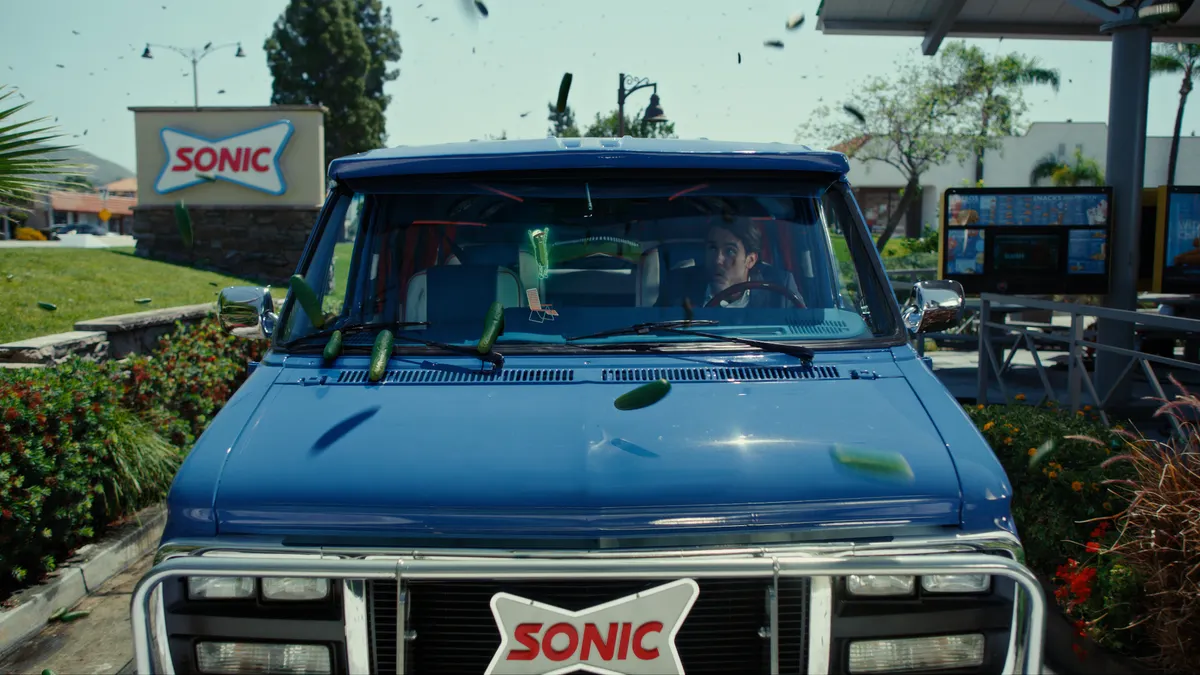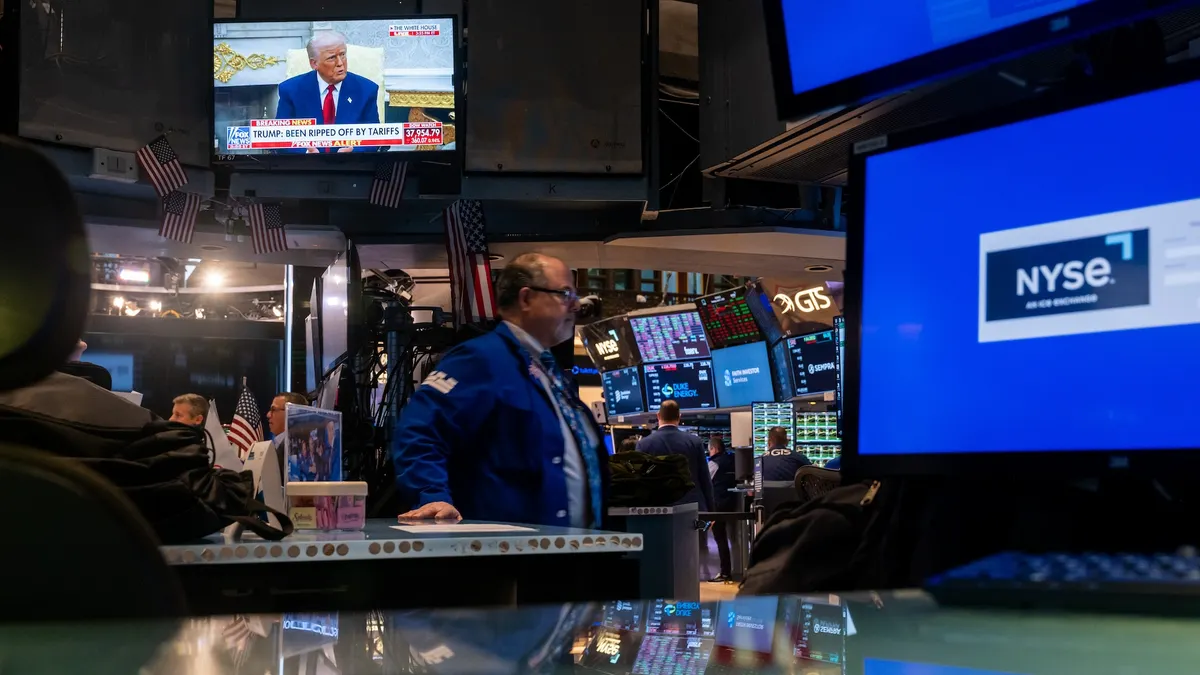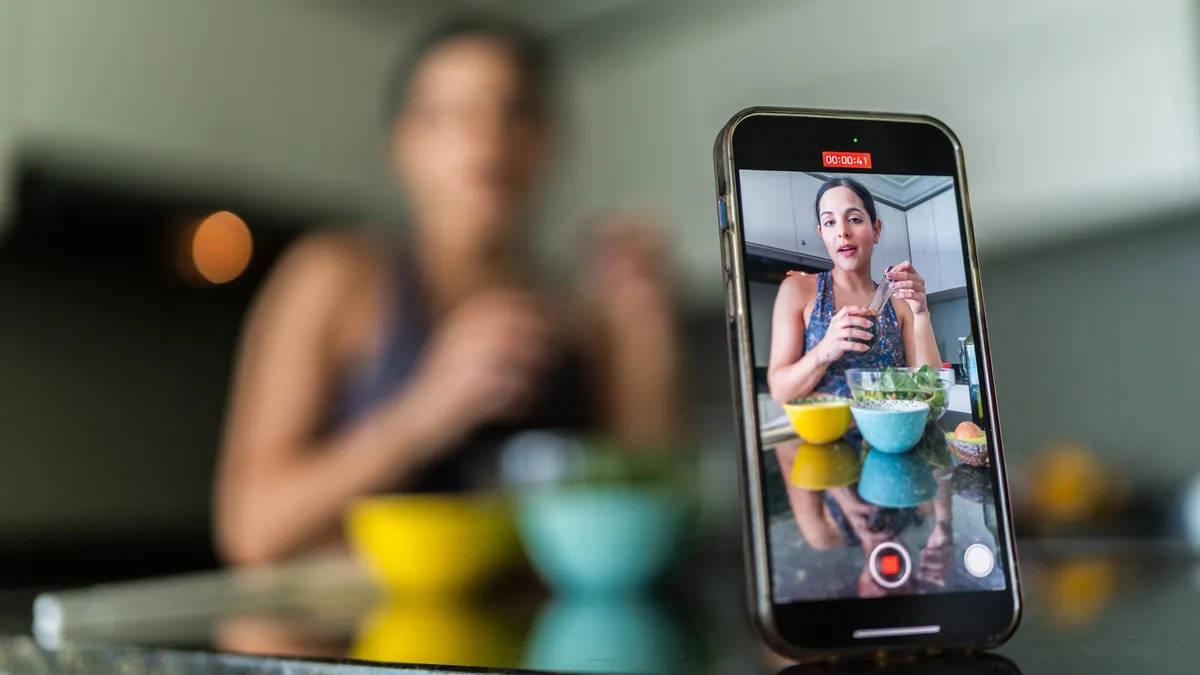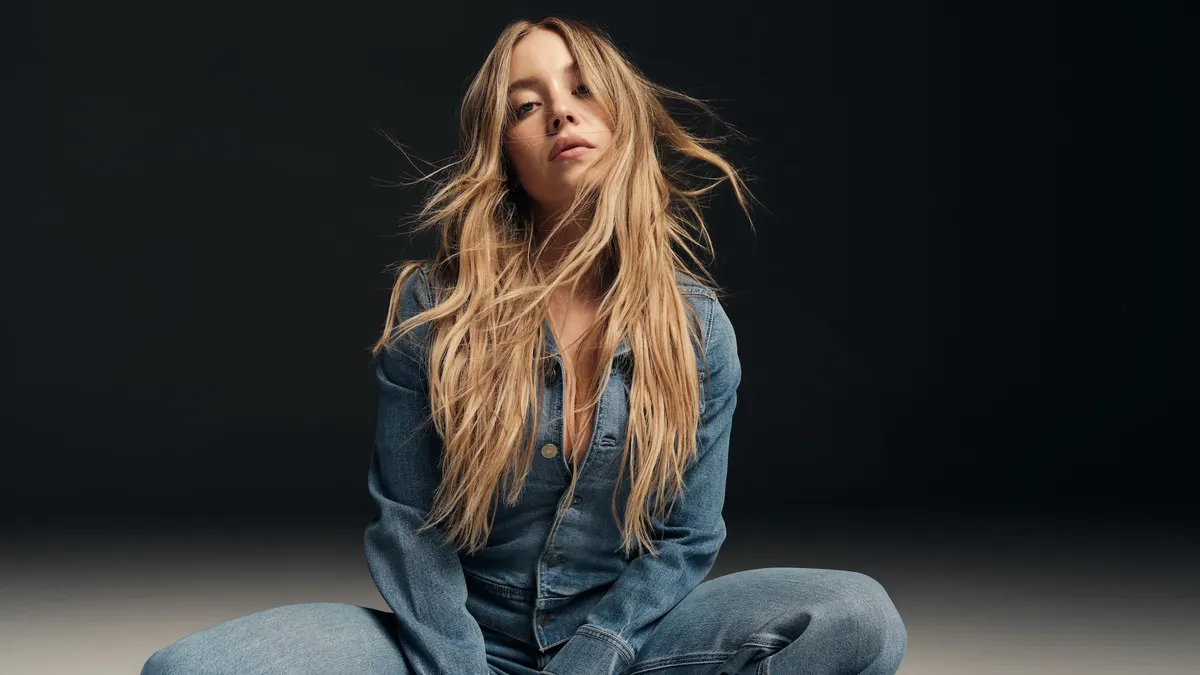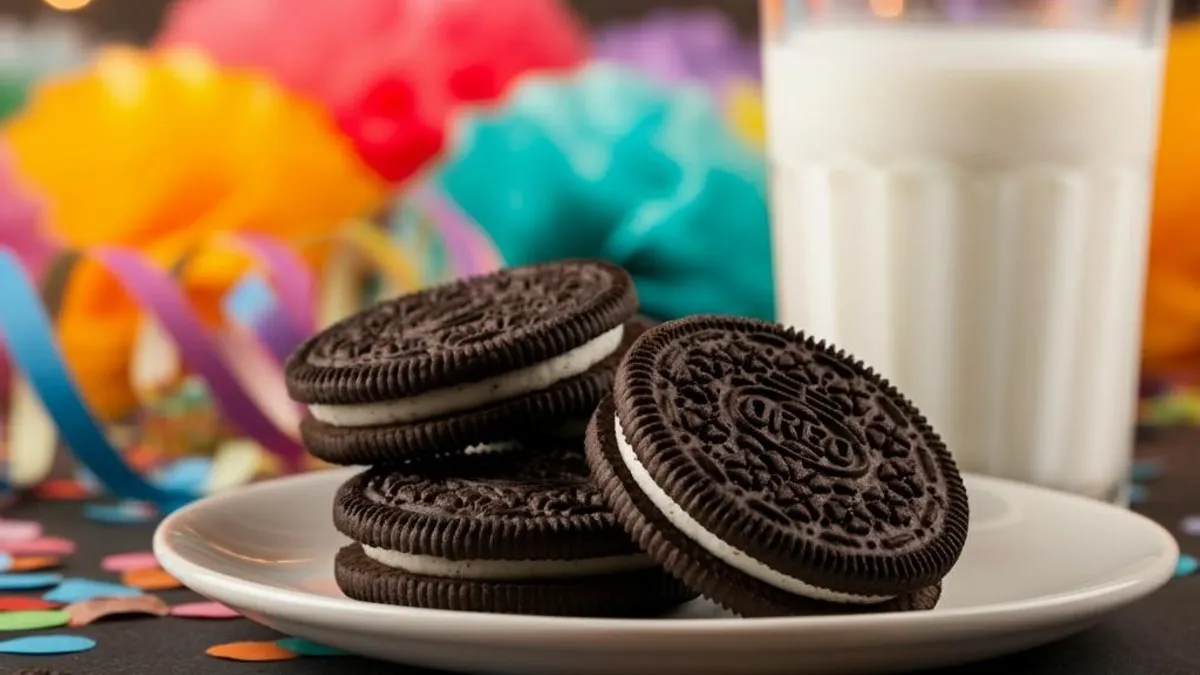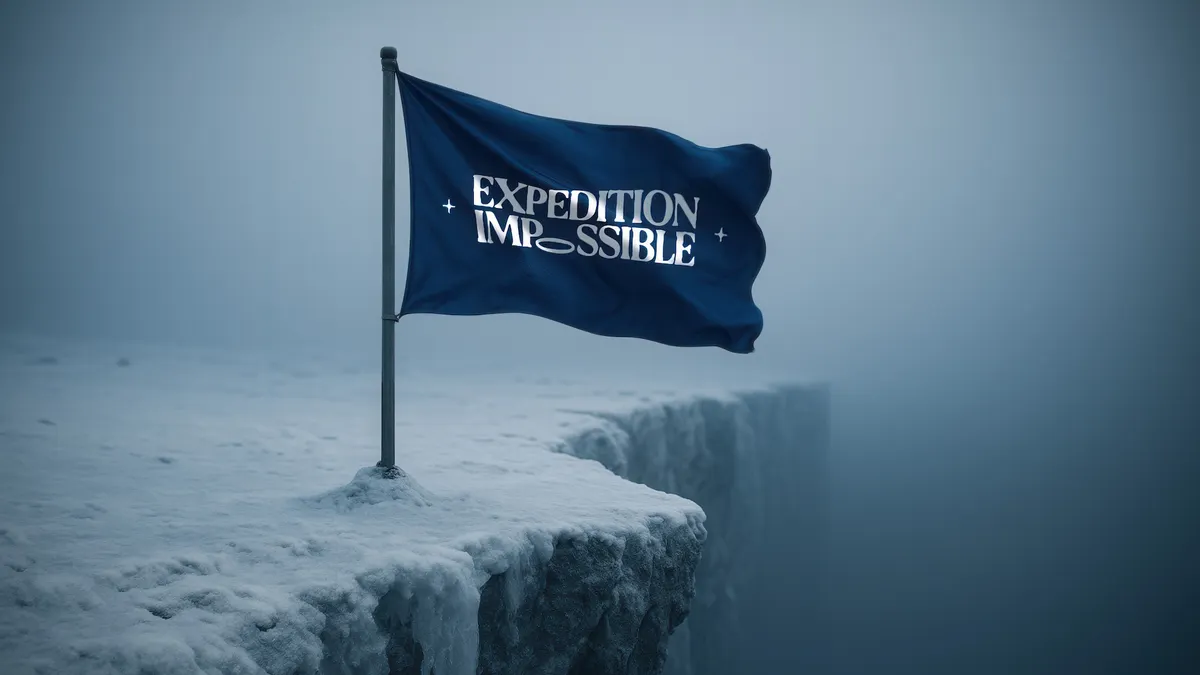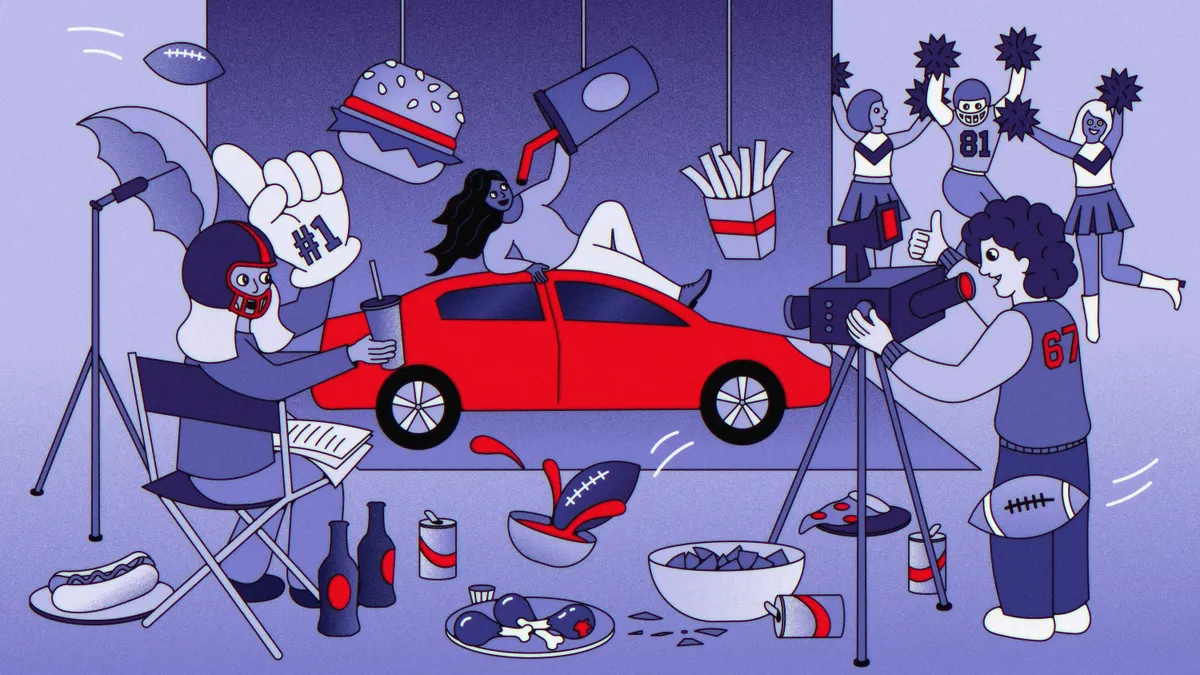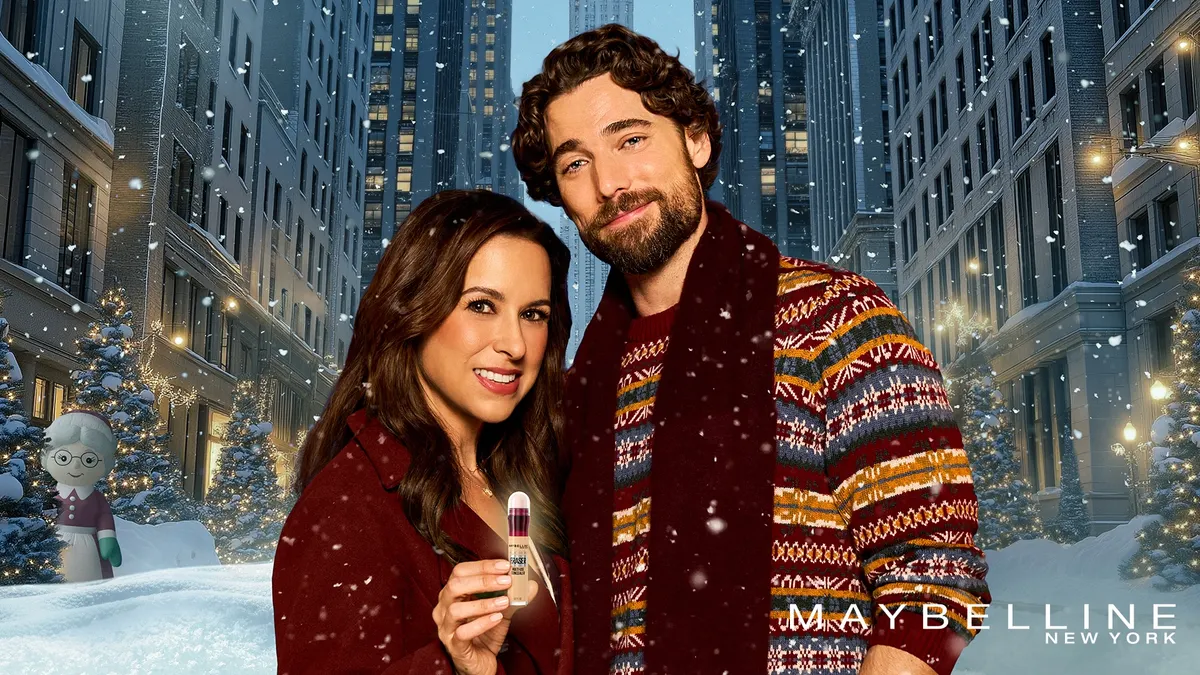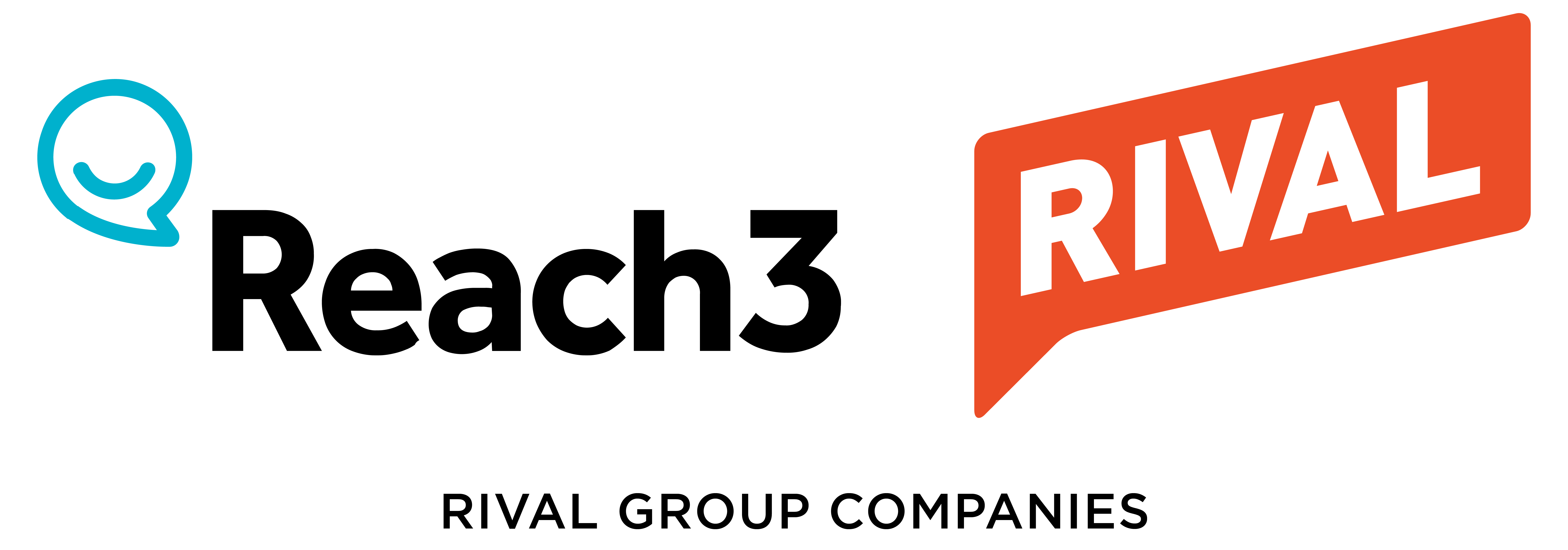Sonic Drive-In’s CMO wasn’t initially sold on the pickle idea. Ryan Dickerson noticed viral trends relevant to the brand in the past, such as wedging pickles in Dr Pepper, but had not pulled the trigger on a full-fledged campaign based around the briny snack that has been propelled to fresh levels of popularity thanks to Gen Z’s adventurous eating habits (and proclivity to film such adventures for TikTok).
That’s changing this summer as Sonic goes all-in on pickle mania through a partnership with Grillo’s Pickles, a premium brand known for far-fetched collaborations that have previously included toothpaste. Grillo’s worked with the Inspire Brands-owned chain on the development of new limited-time promotions (LTP) including a pickled-themed Sonic Smasher burger, pickle-seasoned fries and tater tots and a Picklerita Slush containing “flavor bubbles” recalling boba tea and topped by a pickle chip garnish. The full Big Dill Meal also comes with a complimentary pickle-scented car air freshener modeled on Sam-Sam the Pickle Man, Grillo’s mascot.
Beyond the product offerings (and some merch), Sonic recently debuted a “Pickle the World” spot that pairs Sonic’s CIO character, introduced last year as part of its “Live Free Eat Sonic” brand platform, with Sam-Sam. The 30-second ad, developed with agency Mother and directed by Jody Hill, used over 2,000 real pickles to create the effect of a Biblical-feeling “pickle rain” — the type of over-the-top concept that eventually won Dickerson over.
“It really was the perfect example of the culmination of a strong partnership with us and our agency partners, but also with Grillo’s,” said Dickerson of the campaign. “We took some liberties in the creative and we weren’t sure how far we’d be able to go.”
The summer months are typically some of the busiest for Sonic, meaning the executive has a lot riding on diners flocking to a food that is infamously divisive. Marketing Dive recently spoke with Dickerson, who joined Sonic as CMO 18 months ago but has been at Inspire for over seven years, about how the Grillo’s tie-up and “Pickle the World” came together, as well as opting for practical effects over generative artificial intelligence for aspects of the shoot.
The following interview has been edited for clarity and brevity.
MARKETING DIVE: What strategic thinking led to a full-fledged marketing effort behind this versus just an LTP?
RYAN DICKERSON: At Sonic, we launched our smash burger, the Sonic Smasher, almost a year ago. Any time you can find a product extension, whether that be seasonal, like queso in those colder months, or if it’s just a nice culinary trend-forward thing to go do, it’s exciting. Of course, pickles got trendy: Everything from “girl dinner” all the way down to the overall size of the category growing and a lot more of the Gen Z and Gen Alpha leaning in on that flavor profile.
Like any other trendy, super-fun food topic, pickles can be polarizing as well. We know there’s a certain percentage in the audience out there that’s never going to be excited about anything pickle. You’ve seen other competitors and even some of our sister brands here at Inspire [jump on the pickle trend]. I’ll pick on Jimmy John’s: They had the Picklewich come out earlier this year and it did phenomenally well. It was one of the things where we’ve played the pickle space but we were going to do it in our own way.
It was harder said than done, candidly, when we stepped back with our culinary teams. Our extensions haven’t always been anchored with a partner like Grillo’s. Hat tip to my marketing team. Some of the folks were like, “Look, Grillo’s is the fastest-growing in the category. Let’s reach out.” Grillo’s was super collaborative, all the way down to the “pickle dust,” as I'll call it, that we used on our tots and our Groovy Fries.
I did not envision the pickle work being a complete live-action shoot. When you look at the extensions of our smash burger, like the deluxe that we did earlier this year, those were not live-action formats. Those tend to be very food foundation-forward, similar to a lot of what you see out there. [Those types of ads] are fast, they’re generally very affordable.
I wasn’t sold that this needed to necessarily be something that we put in a live-action format. The Mother team was awesome. They were like, “Let us cook. We’ll get back to you in a week. We think we can really blow this thing out.” And of course, they came back with some concepts, and “Pickle the World,” where we landed, was one of those. It was just so over-the-top freaking ridiculous.
It’s a testament to the fact that we have a great amount of trust in our partners. Sam-Sam, Grillo’s mascot, doesn’t have a voice, he doesn’t have a personality. That hasn’t been defined. And so when we were going through some of the initial scripting about how we would position Sam-Sam, the Grillo’s team was amazing. They riffed with us on all of this. We’re playing with somebody else’s brand equity here and that’s something that we take very seriously. We want to be really respectful of merging these two brands together but certainly positioning Sam-Sam in a fun and exciting way.
It’s been a great promotion for us smack dab in the middle of a really hot, really crazy summer. Generally with these LTPs, you'll see a big launch and your media plans will have some sustained support, but ultimately tail off. We just continue to see every day, in our social chatter and in the press, more and more recognition of how interesting and funky and cool this thing is.
Did this inspire any changes in thinking for how you approach partnerships or collaborations broadly?
Certainly. The art of the possible is something that I always get excited about. Creating the headspace for the teams to get this creative isn’t always that easy to do, but it’s important that we do it. Your head goes to: How do I level up this type of work? Not that you want to make every single LTP a live-action spot, but it is a question that begs to be answered.
The level up is always what I’m interested in and this is a good example of where, thematically, a pickle burger from Sonic isn’t something new. A pickled product, right now in this market, isn’t something new. But this is something different than what most other folks would traditionally think to do and it does require the additional legwork and a partner on the other end that’s going to give you some of that autonomy and flexibility.
You mentioned the level of interest from Gen Z and Gen Alpha. Did them being the drivers of pickle trends give you the confidence that this was a level up versus below-the-line deal?
It did. Anytime we have an idea like this, strong partnerships aside, I always love to get a gut check. To step into a live-action format and to spend the money and spend the time and go through the hoops with a partner, it is a lot of work. [With my team,] I said, “I know pickles are extremely hot right now. How much should we put behind this? How many months should we run something like this for?” It’s a little bit of that quant and qual coming together, a little bit of the art and science piece of it. We’ve got to secure media in advance and how much money I want to put behind these promotions over the sustained two-month period. Those are all things we have to take into consideration.
For Sonic, we’re such a seasonally heavy brand, being anchored in the summer months. The opportunity cost is something that I can’t ignore. If I double down on this thing during our two busier months of the summer, it means I’m not doubling down on something else. I tend to want to get as much of the input from the teams as I can.
When trends emerge, there does seem to be a difficult balancing act in gauging whether something is a paid media commitment or a quick-hit social thing.
We’re not always in the business of trying to capture lightning in a bottle. A lot of times, we try to spend our focus creating some of those exciting moments. Pickle boba is something that you traditionally would never hear anybody say. To talk about that is fun and quirky and cool.
We see [trends] emerge and it’s like, all right, that’s really interesting. Do we want to be a part of that conversation and should we? Just because it’s happening doesn't necessarily mean a brand has the right to inject itself into that space at that time.
The fun and a lot of the uniqueness for these viral trends, especially in drinks, is people being excited about what they create for themselves, not necessarily what a brand creates for them. Being able to delineate between the two of those things is really important.
I wanted to ask about the number of pickles used in the commercial shoot [2,000]. Did that create any logistical challenges? Also, it’s a time where there is so much conversation around how AI can make doing things like that easier.
This is going to sound really stupid. It’s really hard to make the same noise as a pickle falling from 30 feet and hitting the roof of a 1972 van. There’s some level of authenticity that lends itself to the humor in this. That thud is very distinct and it’s one of the reasons why that spot works so well, because you’re like, “God, that is so stupid.” But that’s exactly what I would think it would sound like dropping a pickle on a van from 30 feet up.
We try to bring that authenticity through as much as humanly possible, as you would imagine, especially when it comes to these live-action shoots. It would be a miss to bring this many talented people together with this much talented writing and the inventory we secure and then ultimately AI your way through some of the funnier parts of it, at least in my opinion.


